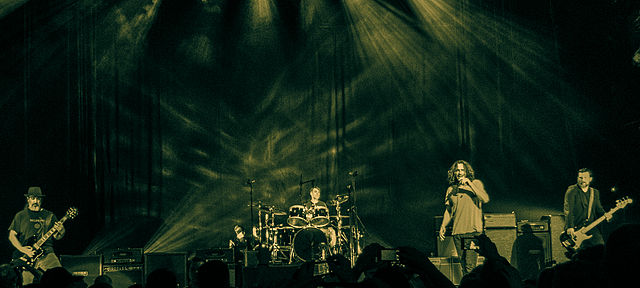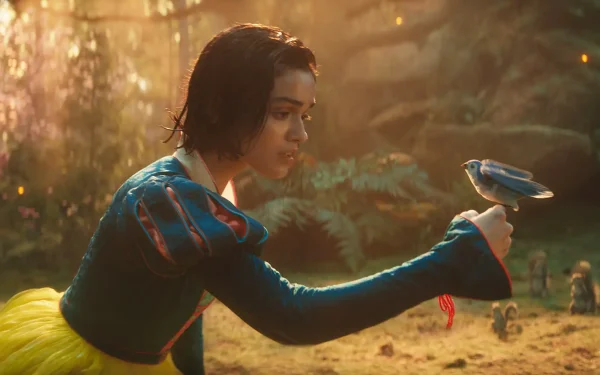What is Alternative Music and Where Did it Come From?
Introduced in the 1980s, alternative is a genre of music stemming from rock. The genre got its name from its sound that massively differed from mainstream music at the time. Artists in the scene strived to break from societal mainstream music molds, and produce music under independent record labels, while gaining popularity strictly through word of mouth and constant touring. The term “alternative” first came to be to describe punk rock-inspired bands that did not fit into genres of mainstream music. As young artists became inspired by this abstract form of music, new umbrella genres emerged such as grunge, indie-rock and pop, gothic-rock, and many more. Additionally, from this break many bands would be born that would go on to be extremely successful.
So, what specifically differentiates alternative music from the others? Well, mostly its sound and what elements of inspiration it takes. Similar to most rock music, alternative tends to have very guitar-driven melodies, with supporting bass and drum sounds. Additionally, a lot of alternative music takes inspiration from 1980s punk mentality to DIY instead of relying on corporate or mainstream support.
Alternative music mostly became popularized in the 1990s by bands such as Soundgarden, Alice in Chains, Nirvana, and Pearl Jam. But who were the true pioneers of the genre? Dating back to 1984, Hüsker Dü and The Replacements produced their first albums under independent American labels. New World Encyclopedia writes, “both started out as punk rock bands, but soon expanded their sounds and became more melodic…the albums, as well as the follow-up material, were critically acclaimed and drew attention to the burgeoning alternative genre.” These bands pretty much set the blueprint for the alternative sound. Leading up to the 1990s, new bands such as the Sex Pistols, Smiths, Cure, Joy Division and Depache Mode emerged and began to build off the grounds that were left by their predecessors. Though, there would be success differences in bands from the States and the United Kingdom, which would affect the growth of the genre. Bands from the U.K. would often gain international popularity, while bands from the U.S. kept their popularity more local. Next, now looking at the 1990s, this is the time where the genre would gain more international acceptance. Upon the release of Soundgarden’s “Badmotorfinger,” Nirvana’s “Nevermind,” and Pearl Jam’s “Ten,” alternative music, specifically the genre grunge, would be pushed to mainstream success. Specifically, “Nevermind” would showcase the “commercial and cultural viability” the genre had, writes New World Encyclopedia. The commercial success of alternative music in the 90s was also boosted by MTV and Lollapalooza, “a touring festival of diverse bands that helped expose and popularize alternative groups such as Nine Inch Nails, the Smashing Pumpkins, and Hole.”
Overall, alternative has maintained a spot in today’s culture since its origins in the 80s. Alternative music has and will continue to have a unique sound that makes the genre notable in its own way. “The Alternative genre of music has developed over time through musical experimentation. It’s not classified by a specific set of sounds, but rather the feeling or theme which it conveys,” Musician Wave explains. Rather than conforming to a certain standard, alternative music will continue to stand on its own due to its uncommon style and unique sound.







Brandt hymas • Jun 10, 2024 at 8:46 am
who’s the Author of this artical?
Anika Yadav • Sep 30, 2022 at 11:29 am
sg’s badmotorfinger, pj’s vs, and the smith’s self-titled are some of my favs 🙂